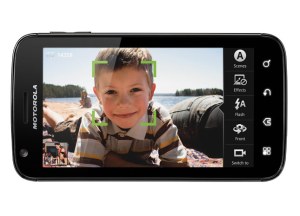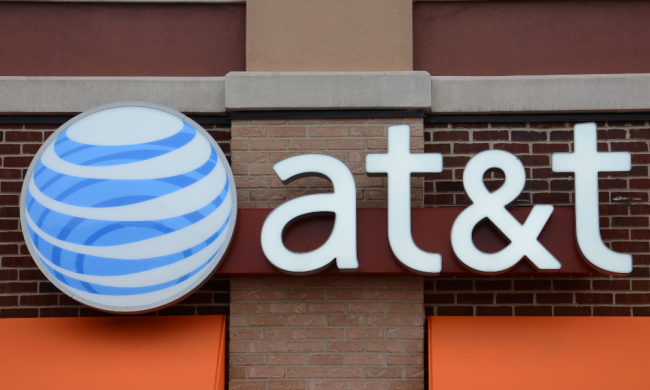
Mobile broadband fiends who hopped on the Motorola Atrix and HTC Inspire from AT&T hoping to revel in the glory of full HSUPA mobile broadband have experienced a rude shock. Although the phones are able to pull in data at speeds exceeding AT&T’s 3G devices, their upload capabilities have been less than stellar—in many cases even lower than upload bandwidth that can be achieved by less-capable phones. Responding to consumer complaints lodged with the Better Business Bureau, AT&T apparently admits that the Atrix and Inspire are HSUPA-capable devices, but that the company simply hasn’t enabled HSUPA service on the phones. AT&T says it is in “testing and preparations” to activate the service.
AT&T says it expects to enable HSUPA service for the Atrix and the Inspire in April. The company also notes that its forthcoming Samsung Infuse 4G will ship with HSUPA enabled by default.
AT&T has been operating HSUPA service in portions of its markets for as long as three years.
The fracas highlights some of of the disputes (and consumer confusion) in the mobile marketplace over what constitutes “4G” service. Original industry definitions essentially held that services like WiMax and LTE could be classified as 4G services, but T-Mobile burst that bubble when it pushed its HSPA+ network into bandwidth ranges that had previously been solely the realm of 4G technologies. Not to be outclasses, AT&T quickly followed suit, touting its own HSUPA technologies as “4G.” The Atrix and Inspire are marketed by AT&T as 4G phones, even though—the company now admits—4G features aren’t actually functional.


